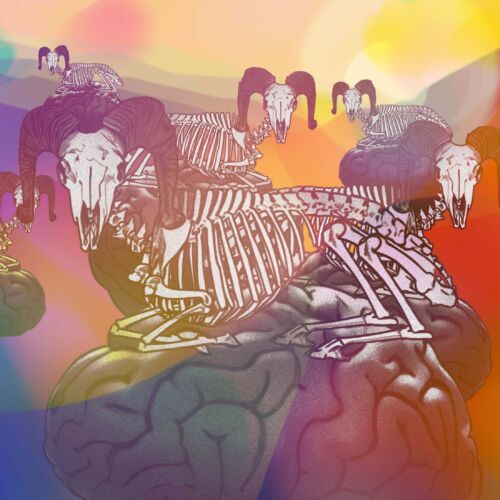Mukupirna fortidentata, mammoth meatballs and 2,000 rams’ heads
The 250-million-year-old remains of an ichthyosaur, a large reptile growing up to 21 metres long, have been found on the Norwegian island of Spitsbergen. It is the oldest known representative of the Ichthyosauria – it lived about 2 million years after the great volcanic eruption that wiped out 90% of the species. The Ichthyosaur fossil represents its marine species that descended from land to water.
Flinders University researchers have discovered evidence of a previously unknown marsupial that roamed the Australian continent around 25 million years ago. Mukupirna fortidentata probably weighed up to 50 kg and has been described as a hybrid between a wombat and a marsupial lion. Fragments of the animal’s skull, bones and jaw were found at a site near Alice Springs. According to the researchers, the discovery sheds light on the evolution of modern marsupials. Australian company – Vow, meanwhile, has prepared a meatball made from DNA extracted from an extinct woolly mammoth. Company employees say it is theoretically possible to produce meat from most extinct creatures.
At least 2,000 mummified rams’ heads dating back to the Ptolemaic period have been discovered at the temple of Ramses II in the ancient city of Abydos, southern Egypt. These heads are thought to indicate the respect shown to Ramses II at this site some 1,000 years after his death. Also found in the temple were mummified sheep, dogs, Angora goats, cows, gazelles and mongooses. A New York University Institute for the Study of the Ancient World team carried out the excavations.























